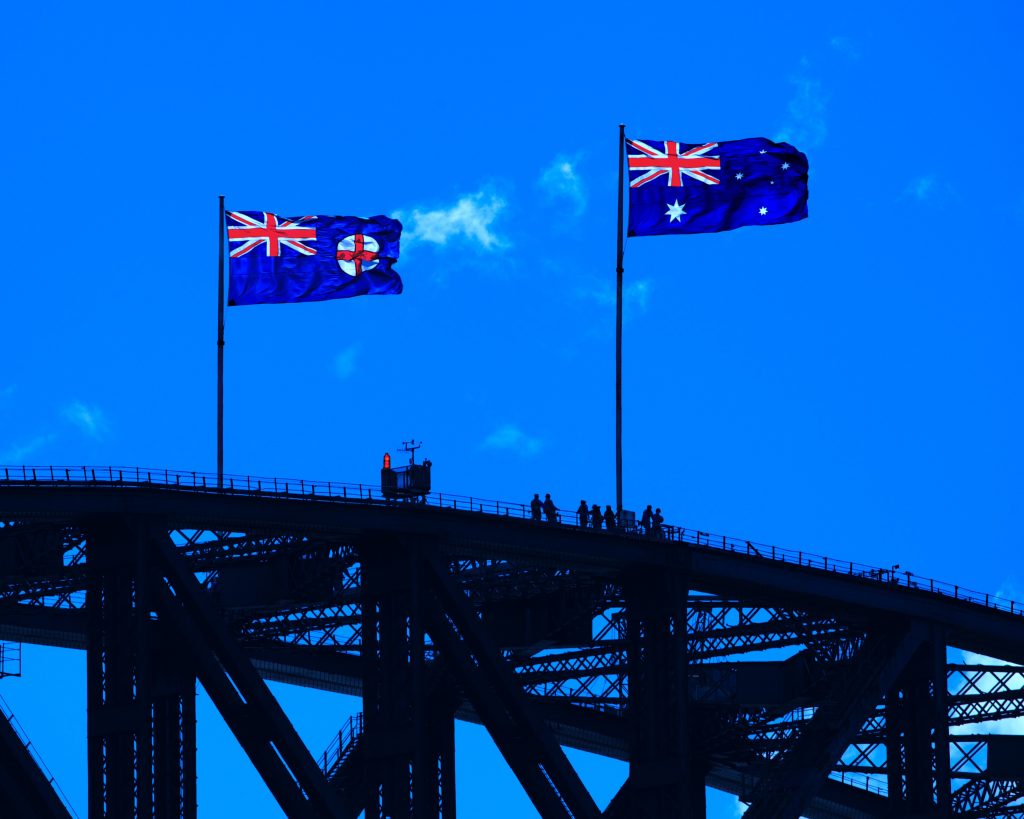January recorded an increase of 1.1% for housing values according to CoreLogic- which is 10 basis points above December’s result. There was a modest increase in monthly rate of growth for 5 of 8 capital cities which includes Melbourne which had a slight decline in December.
What must be noted is the reduced housing stock during January as a result of the festive period and businesses and operations kicking back into gear. Additionally, there is a softening in growth conditions underpinned by less government stimulus, rising fixed term mortgage rates, worsening affordability and a slight tightening in credit conditions. Coupled with an increase in new listings in the final quarter of 2021, may have contributed to the overall softening in values.
Despite this softening, the overall annual change in national housing values reached a new cyclical high in January with overall dwelling values up 22.4% year to date nationally. Brisbane has recorded the highest annual growth rate across the capital cities with housing values up 29.2%.
January results showed a good diversity in change in values, with Brisbane (2.3%) and Adelaide (2.2%) leading the pace of gains ahead of Hobart (1.2%) while growth in Melbourne (0.2%), Darwin (0.5%), Sydney and Perth (both 0.6%) recorded substantially softer outcomes.
Combined regional results were up 1.8% over the month and 6.3% over the rolling quarter; which compares favourably to capital cities with increases of 0.8% and 2.6% respectively over the same periods.
Regional Queensland and Regional South Australia has led the pace of growth over the month with 2.0% and 2.1% respectively. Additionally, the other regional markets have recorded a minimum 1.2% increase highlighting a sustained demand for regional housing. Throughout this period, it must be noted that Regional Australia’s performance relative to the capital cities is likely driven by a combination of higher demand and low levels of supply.
Units are still recording a lower rate of growth when compared with housing where units rose 0.3% in values whereas houses up 1.3%.
Melbourne’s median house value has now surpassed $1 million for the first time, while Canberra has passed the $1 million mark for the second month running. Sydney’s median house value has risen to just under $1.39 million. There are now 3 capital cities in Australia now with a median value in excess of the $1 million dollar mark. The difference between the national median house value and unit value have reached a record high of 28.3% in January; which may see a gradual shift in demand to more affordable medium and high density sectors of the market.
Housing values in Brisbane and Adelaide stand out amongst all capital cities with housing values continuing to increase at more than 2% month-on-month, whilst growth conditions across the remaining capital cities have slowed.
Affordability in Sydney and Melbourne is a partial explanation as larger deposits are required due to higher housing prices, low income growth, higher advertised inventory levels and weaker demographic trends.
The slower growth conditions in Perth’s housing market may be attributable to the extended closure of state borders, causing disruption to interstate migration. On the opposite side of the spectrum, Brisbane and Adelaide have fewer challenges to affordability, with advertised stock levels remaining low and an increase in demographic trends supporting an increase in housing demand, especially surrounding South East Queensland.
It is widely thought that January is typically the quietest month for home sales across Australia, however it is estimated that January 2022 recorded a 15.1% increase over January last year and 39.4% above the previous five-year average. When it comes to the regional markets, the January estimate for home sales was 57.9% above the previous five-year average compared to 26.6% for capital cities.

